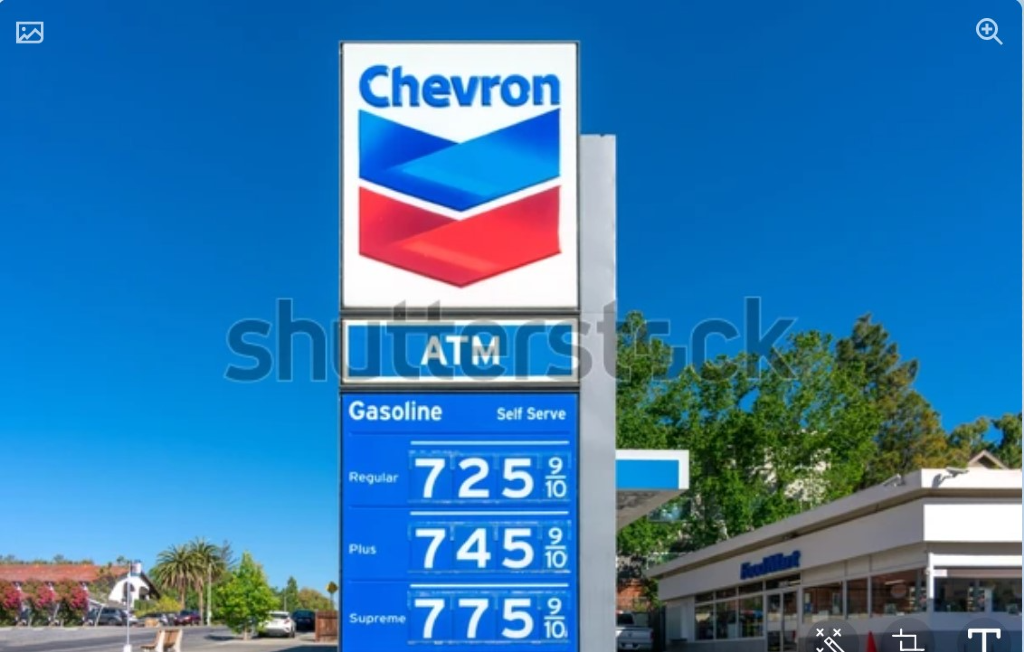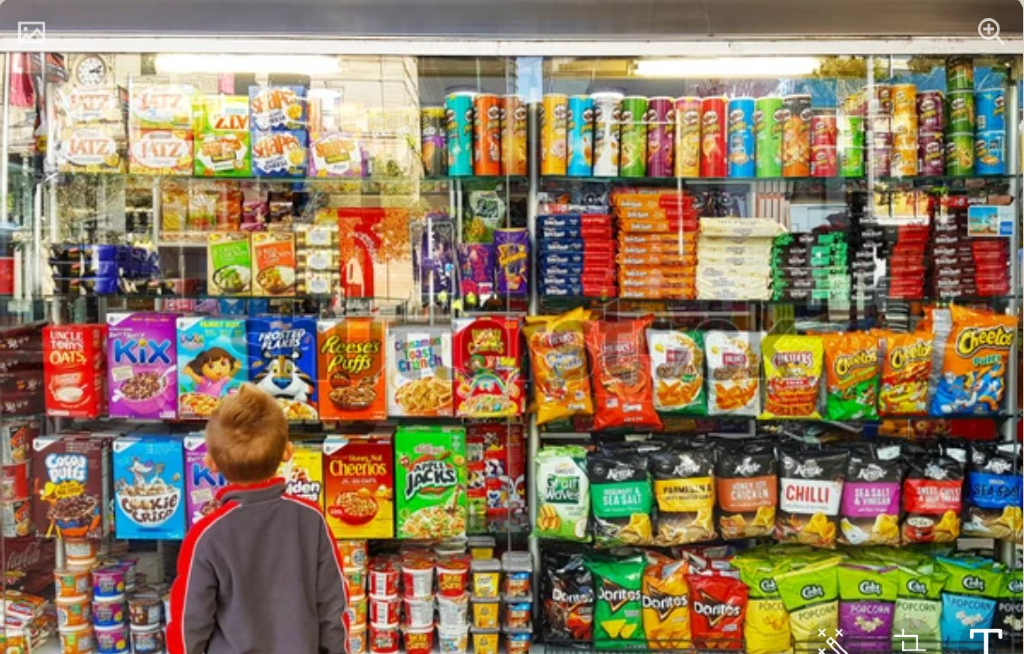Why most gas stations don’t make money from selling gas.

- Gas prices are set more by crude oil prices than by owners.
- Competition leads to low prices at the pump.
- Gas stations make most of their money inside the store.
With inflation causing gas prices to rise it can be easy to start throwing blame around. Big oil companies, supply line shortages, government ineptitude, etc. But the people who take the brunt of this frustration are the gas station owners. And yet, they are the last people to blame in this whole system.
The Business Model
It may seem like big oil companies run the gas station industry with big names like Shell and Phillip 66 dotting the highways, but the vast majority of gas stations are not actually owned by these companies. Instead, when you see these big names, they are usually owned by a franchisee, an individual operator who is paying for the privilege to use the brand name. And then there are the thousands of small mom-and-pop gas stations that also operate as individual locations or regional brands.
So instead of everything being controlled by big oil at the pump, each location is run by an individual operator who is doing their best to make a living. But even so, these people are not to blame for gas prices. In fact, it is almost entirely out of their hands.
Oil is a cost-heavy industry
Around 90% of the gas price is determined before it even arrives at the station. Just think of these costs.
Drilling and pumping
Crude oil is the biggest cost in the whole process and also the most volatile. For each gallon of gasoline, crude oil accounts for at least 50% of the price, and as much as 70%. These prices aren’t determined by the station operators or big oil companies. It is determined by global supply and demand with thousands of microtransactions and bids taking place around the globe.
Refining
Turning crude oil into gasoline is the next step. While it isn’t a huge cost compared to pumping the oil out of the ground, it accounts for about 15% of the total cost. It also often accounts for the backup in supply if oil can’t be refined fast enough, which can drive up prices.
Transporting
Oil has to make it from the ground to the refinery to the gas stations which is a lot of traveling. From the ground to refineries it is usually transported by pipeline, but from the refineries to gas stations they rely almost entirely on trucks. Trucking gasoline adds any additional cost, which only gets worse as the cost of gas goes up, and accounts for just under 10% of the cost.
Tax
Of course, the government wants their cut, and gas is one of the most taxed commodities there is. With Federal taxes being 18.4 cents per gallon and the average state tax hovering around 25 cents per gallon, that is another 15% or so of your cost per gallon. That isn’t to say that getting rid of the taxes would definitely lower your price, but it would definitely fill someone’s pockets.
Mark up by owner operator
Lastly, we have the markup by the owner. They don’t make money hand over fist on each gallon sold. In fact, they make very little. The markup by the owner is around 10% of the total price you pay, making it the smallest component of the price at the pump.
Why Gas Stations Make Little Money on Gas
Thin profit margins
Since only 10% of the total price is determined by the independent operators, that makes for a very narrow profit margin. That means at an average of $4.00 a gallon, their revenue per gallon is only $0.40. That 40 cents has to cover all their costs and profit. These overhead costs include labor, maintaining the facilities (including keeping the bathrooms perfect for you), paying for utilities, expensive insurance, credit card fees, and so forth. In the end, a gas station usually makes about 2-3 cents per gallon in profit, and some intentionally lose money just to draw in customers!
Volatility and competition
Another problem for gas stations is volatility. The prices can fluctuate quite dramatically and the operator can’t just decide how much to charge. Instead, they have to stay competitive or risk losing customers. It is in a gas station’s best interest to cut prices to the bare bone because their neighbor across the street will, and they’ll lose all of their customers if they don’t.
Beyond that, gas stations are on the decline. Electric vehicles are growing in popularity and charging stations are starting to pop up everywhere. Installing a charging port at a gas station costs a lot of money that many of these operators don’t have which means competition will only get harder. Gas stations are even on the decline in America.
With high costs and intense competition, it makes you wonder how they make money at all. The answer is, it turns out, they don’t make their money selling gas!
Recommended Reading: Cost of Filling Gas Vs Electric Car
How they make their money

Image Credit: Shutterstock
Convenience
Gas stations thrive on offering convenience. If you stop at the gas station, and then quickly run in to grab something you needed to pick up on the way home, that’s convenience. Having items that you need on hand is the number one way they make money. That’s why it is called a convenience store.
Impulse
The other way that gas stations make money is by encouraging impulse purchases. By keeping the bathroom clean, for example, gas stations entice you to come inside. And while you’re inside, you're likely to stop for a candy bar, some alcohol, or even a lotto ticket. So gas stations make their money by encouraging impulse purchases on items with higher margins than gasoline.
Money Wrap Up
Next time you see the price of gas at the pump, remember to give the gas station owner some slack. They have very little control over the price. It is actually one of the most competitive products out there and a perfect example of how supply and demand coupled with competition keep costs low. But, when you see that a Snickers costs $1.59 for a fun size, well, then you can blame it on the owner because that is where they make all of their money.
How are you handling high prices at the pump? Comment below.
Main Image Credit: Shutterstock